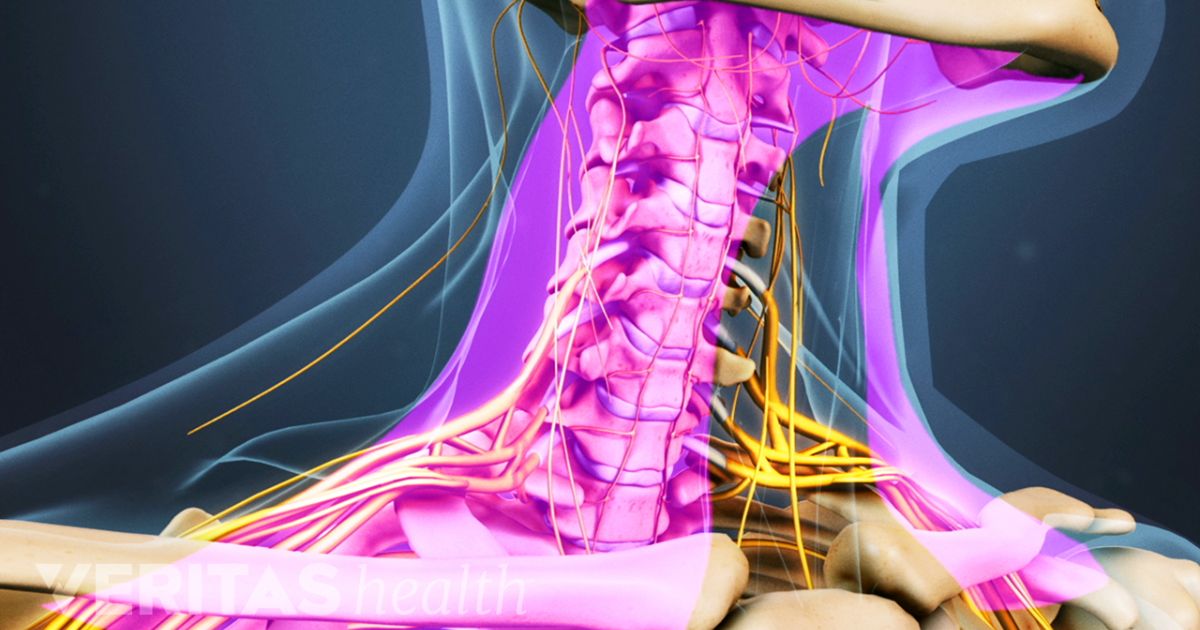
Lumbar spinal decompression
Compression of the nerve roots and narrowing of the lumbar spinal canal can be caused by the intervertebral disc, ligaments and overgrowth of bone (osteophytes). Compression of the nerve roots can lead to pain in the legs (calves) on walking, numbness and weakness in the legs on walking and occasionally bowel and bladder complaints.
A posterior lumbar decompression surgery involves the removal of all the structures - part of the lamina (laminotomy) or the whole lamina (laminectomy), ligaments and new bone (osteophytes) that are compressing the nerve roots. The lamina is the bony portion of the vertebra that lies behind the spinal cord and its removal is necessary to access the spinal cord and nerves. Lumbar decompression surgery is effective in relieving the leg pain but the weakness, numbness and pins and needles in the legs (if present) may take a few months to resolve and occasionally may not resolve completely, depending on the duration of symptoms.
Lumbar spinal fusion
Arthritis and degeneration (wear and tear) of the spine leads to a loss of normal spinal alignment and instability (abnormal movement) both of which may cause back pain and compression of the nerves.
A lumbar spinal fusion involves inserting screws into the vertebrae which are then connected by rods and the placement of bone graft around the vertebrae. The aim of the surgery is to prevent movement between the involved vertebrae and realign the spinal column so as to reduce the pain. The screws are rods are made of either titanium or stainless steel and are well tolerated by the body.
Depending on the symptoms, xray's and scans, the surgeon will decide whether you need a spinal decompression, a spinal fusion or a combination of the two.
About the surgery
Anaesthesia: The surgery is performed under a general anaesthetic, with the patient lying face down on an operating table.
Procedure: A 5-10 cm incision (cut) is made on the skin over the affected area of the spine. The muscle is detached from the underlying bone (laminae) and either a portion of the lamina (laminotomy) or the whole lamina (laminectomy) is removed along with the surrounding ligaments to access the nerve roots. The ligaments, intervertebral disc and new bone (osteophytes) that are compressing the nerve roots are excised. This procedure is called a spinal decompression. If the surgeon has decided to fuse the spine, screws are inserted into the vertebrae (spinal bones) which are then connected with rods. Bone (graft) taken from the pelvis is placed across the operated levels are this allows new bone to form (over 3-6 months) between the two adjacent vertebrae. In addition, bone graft and/or cages (spacers) may be placed between two vertebrae after removal of the intervertebral disc. A drain tube removes the blood that collects at the surgical site. Dissolvable sutures are used to close the skin.

